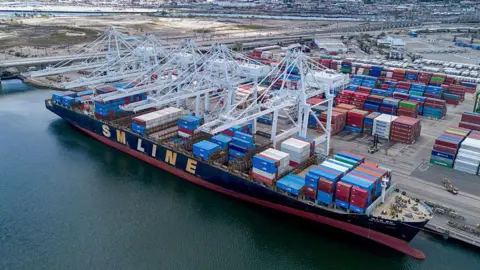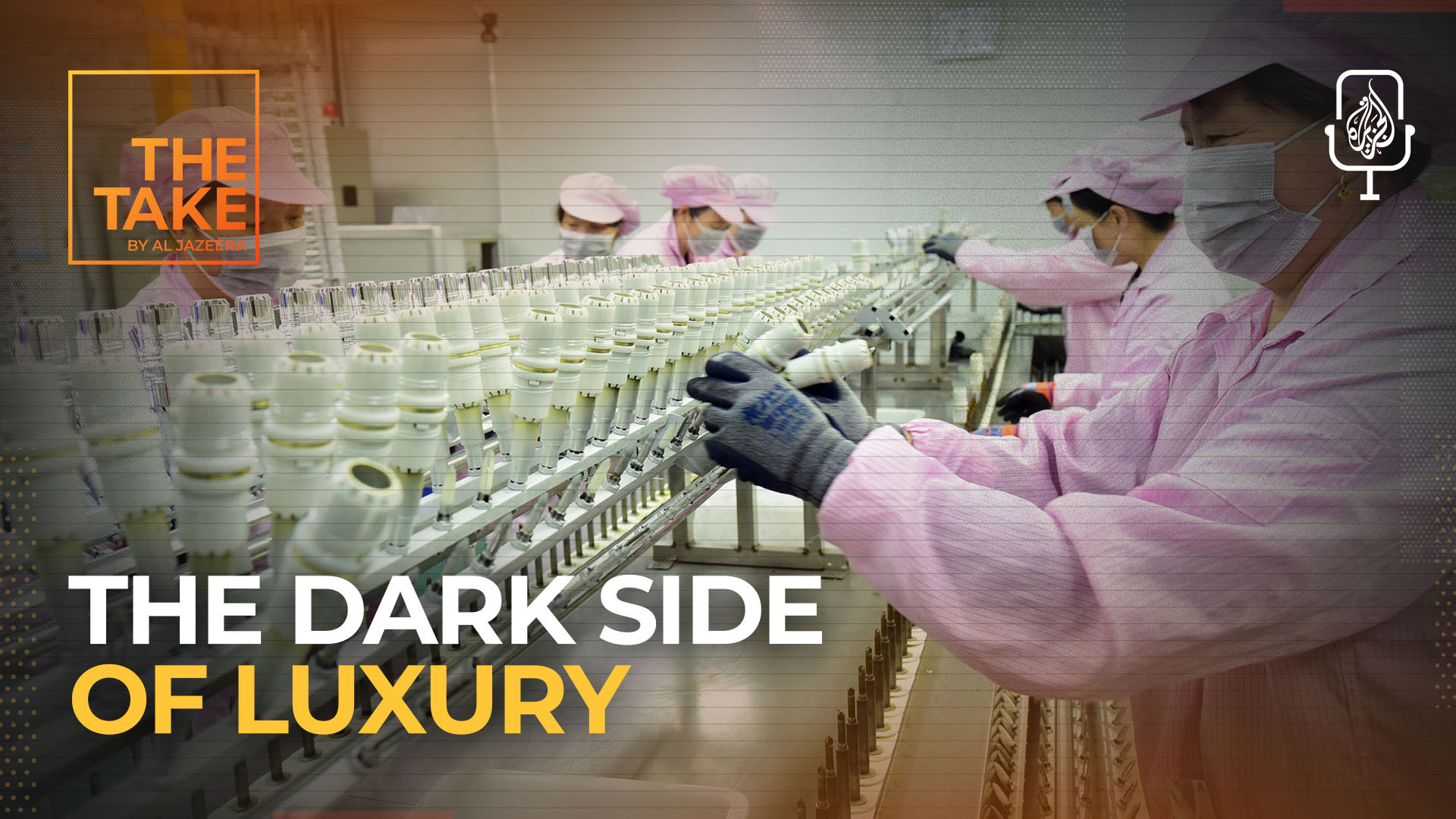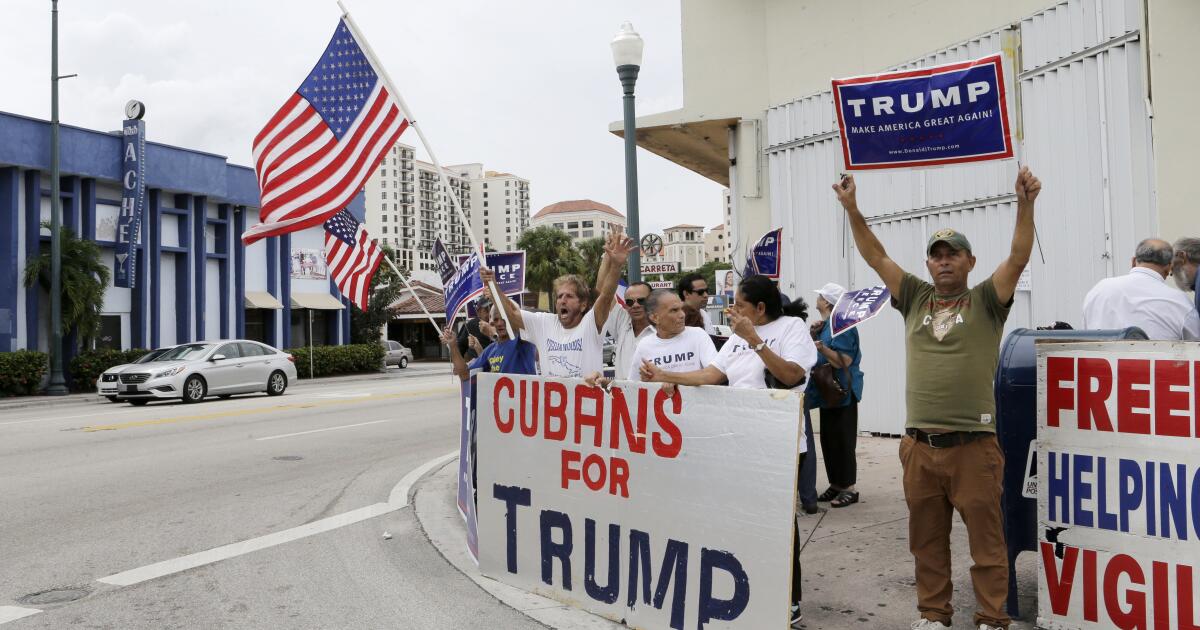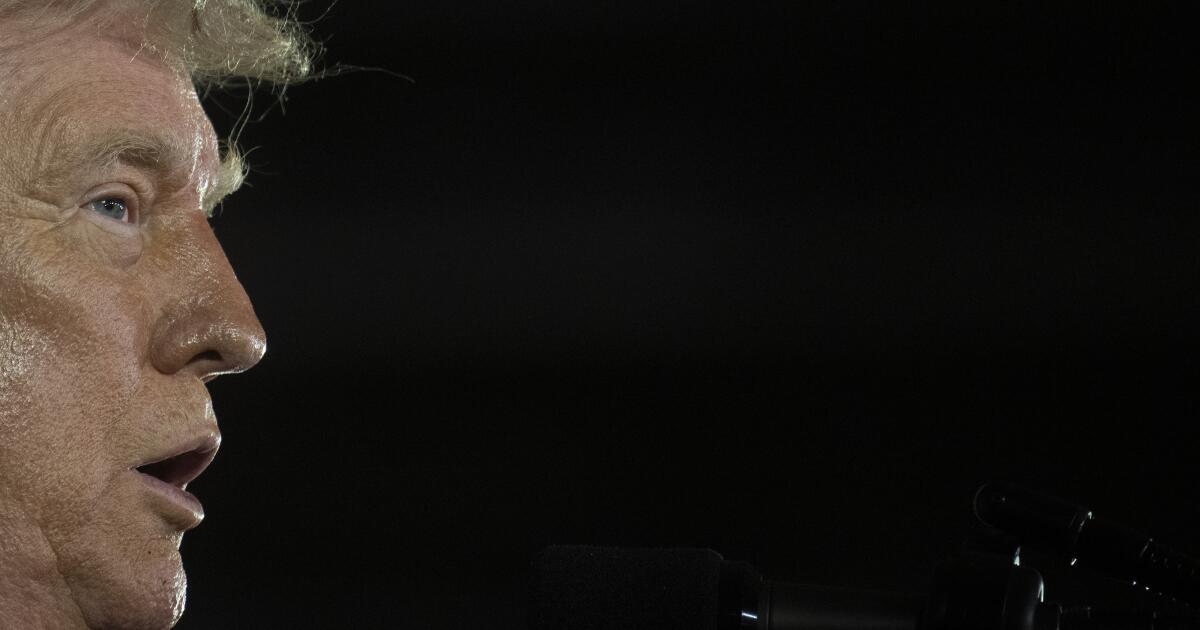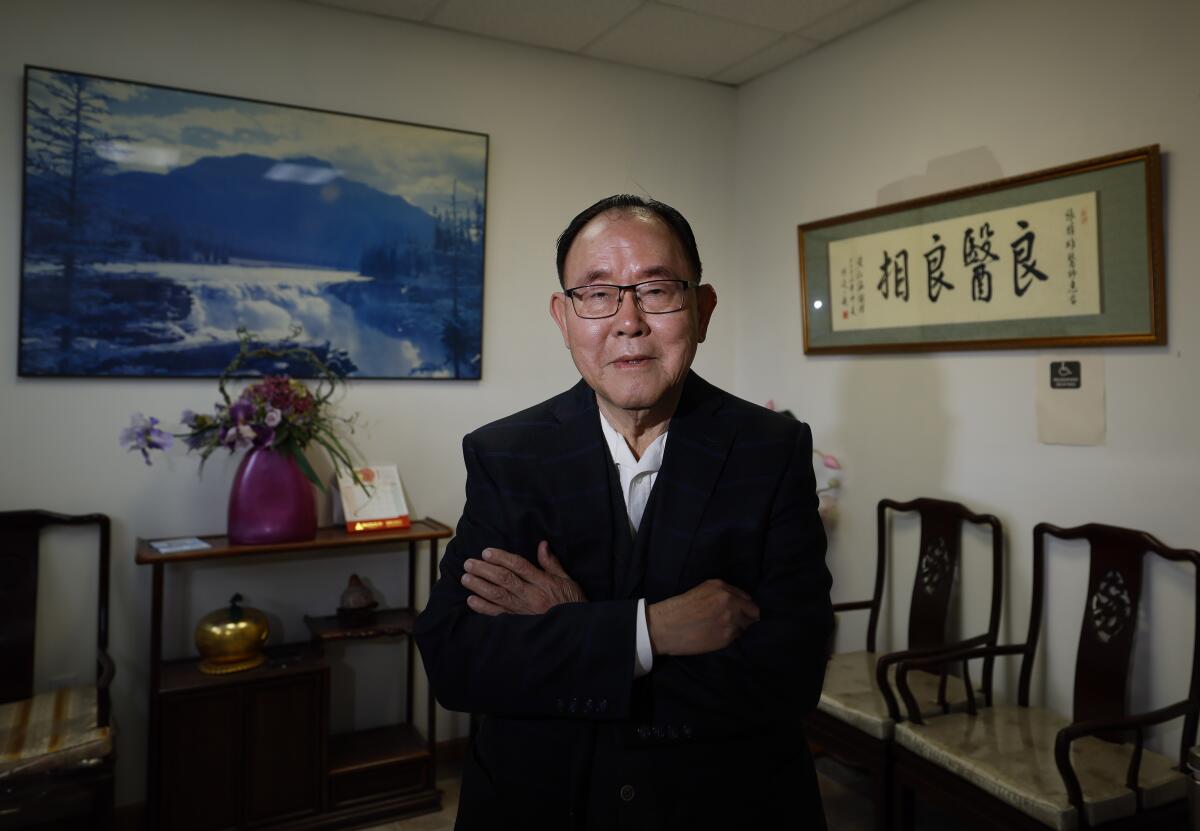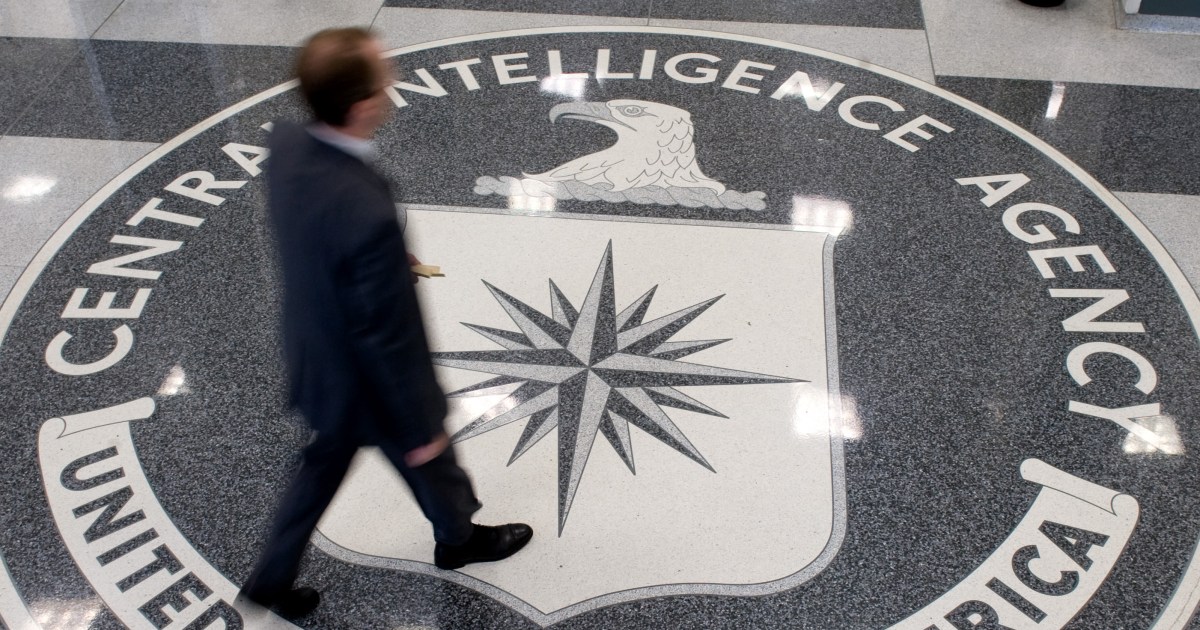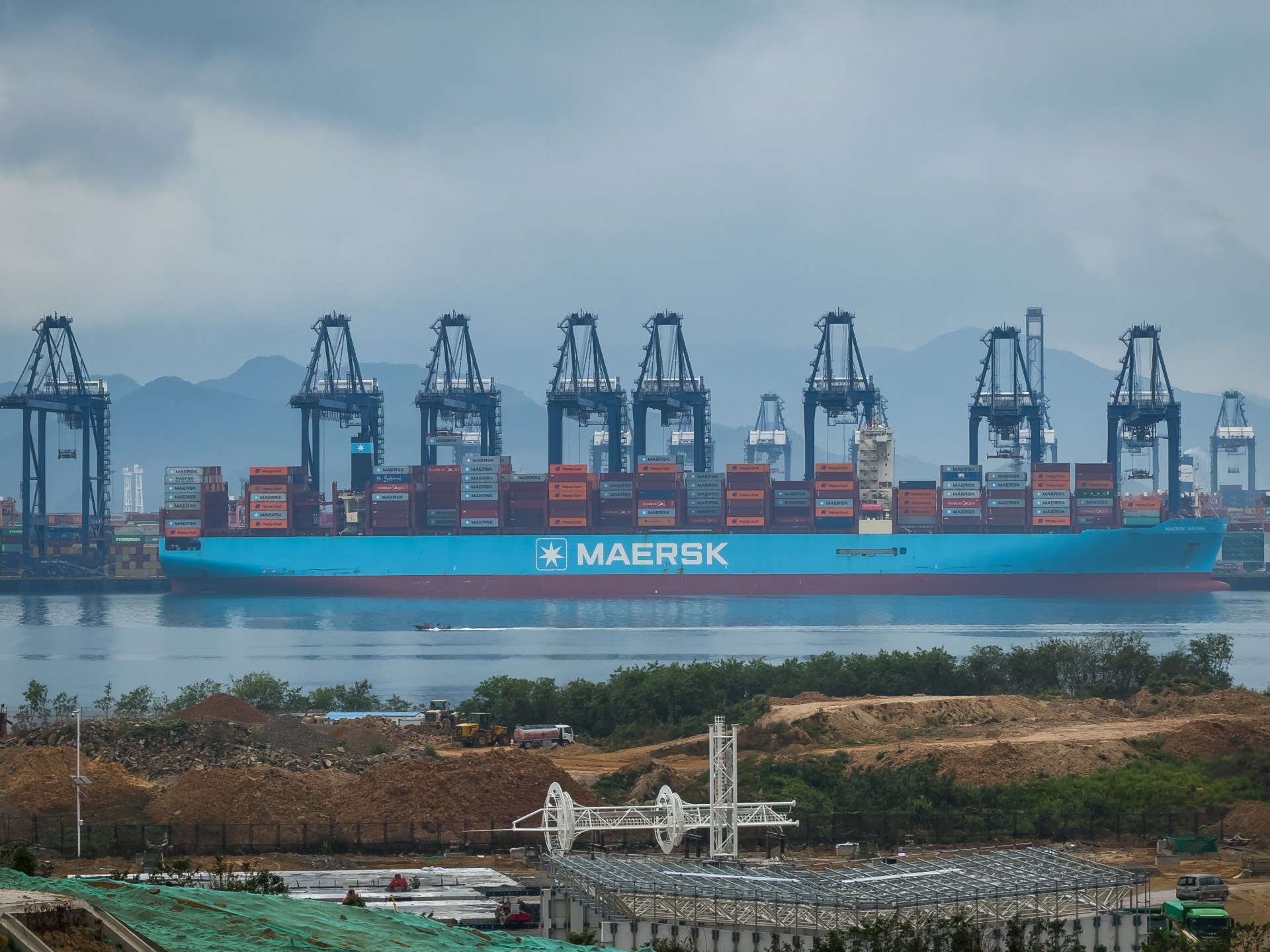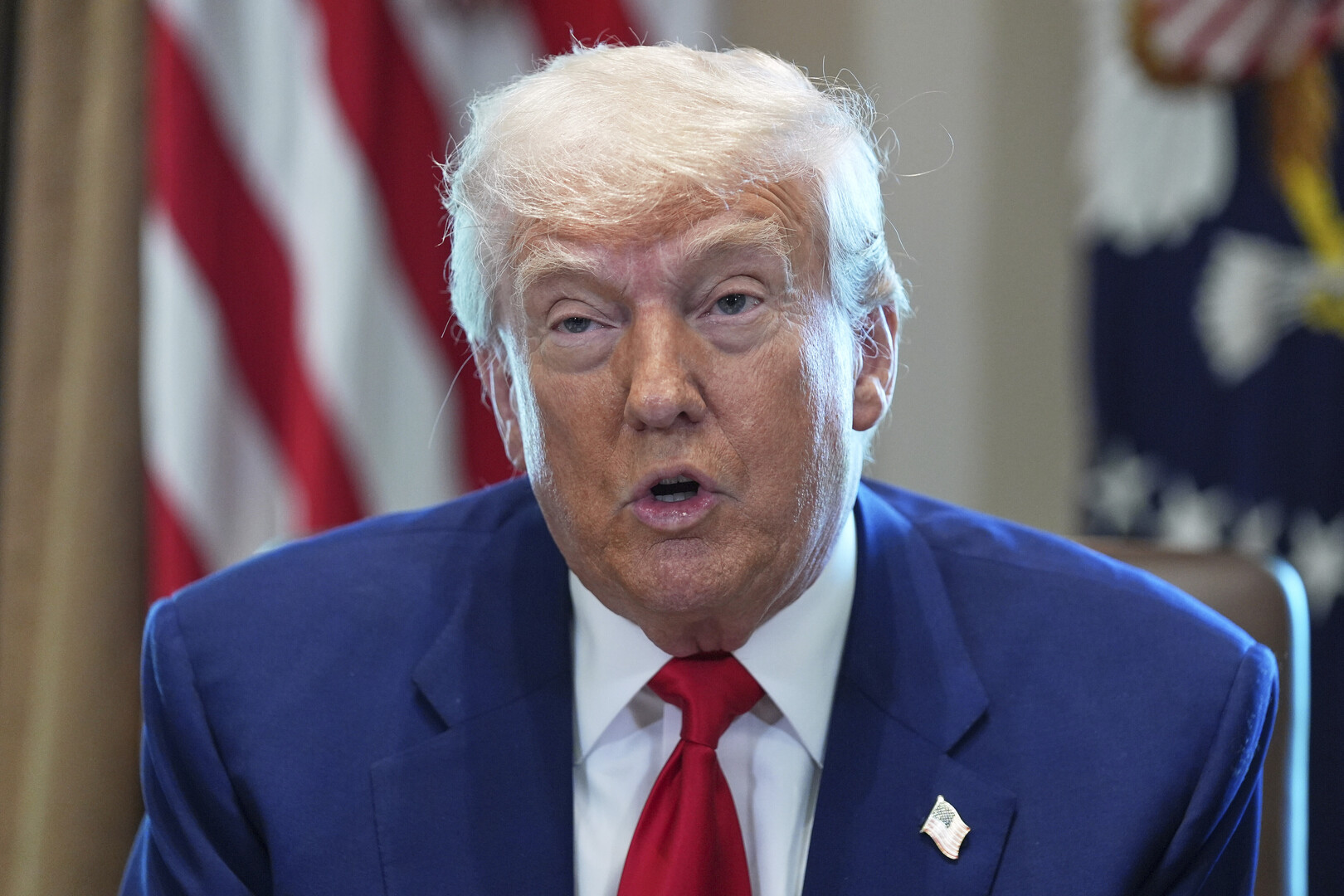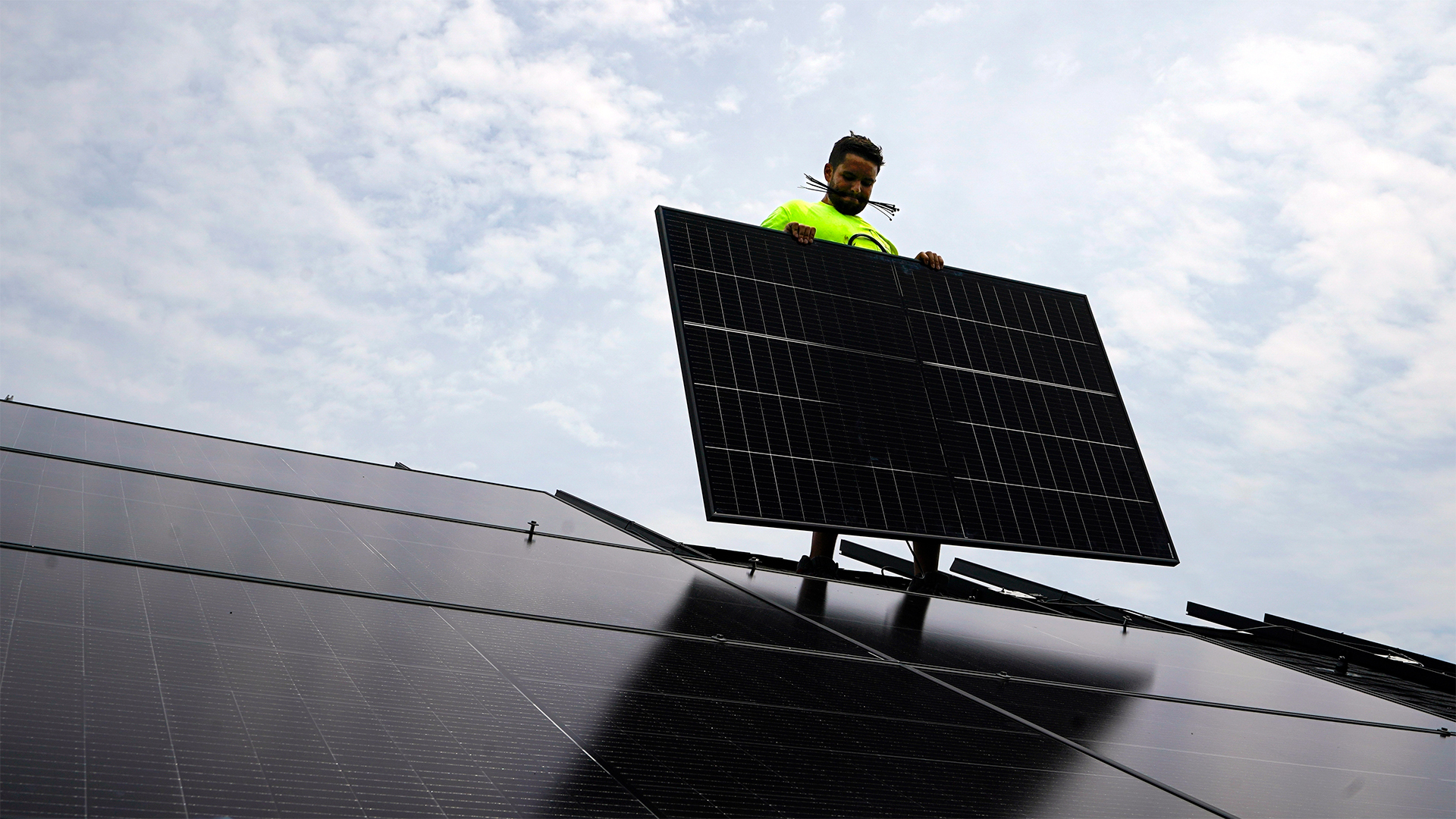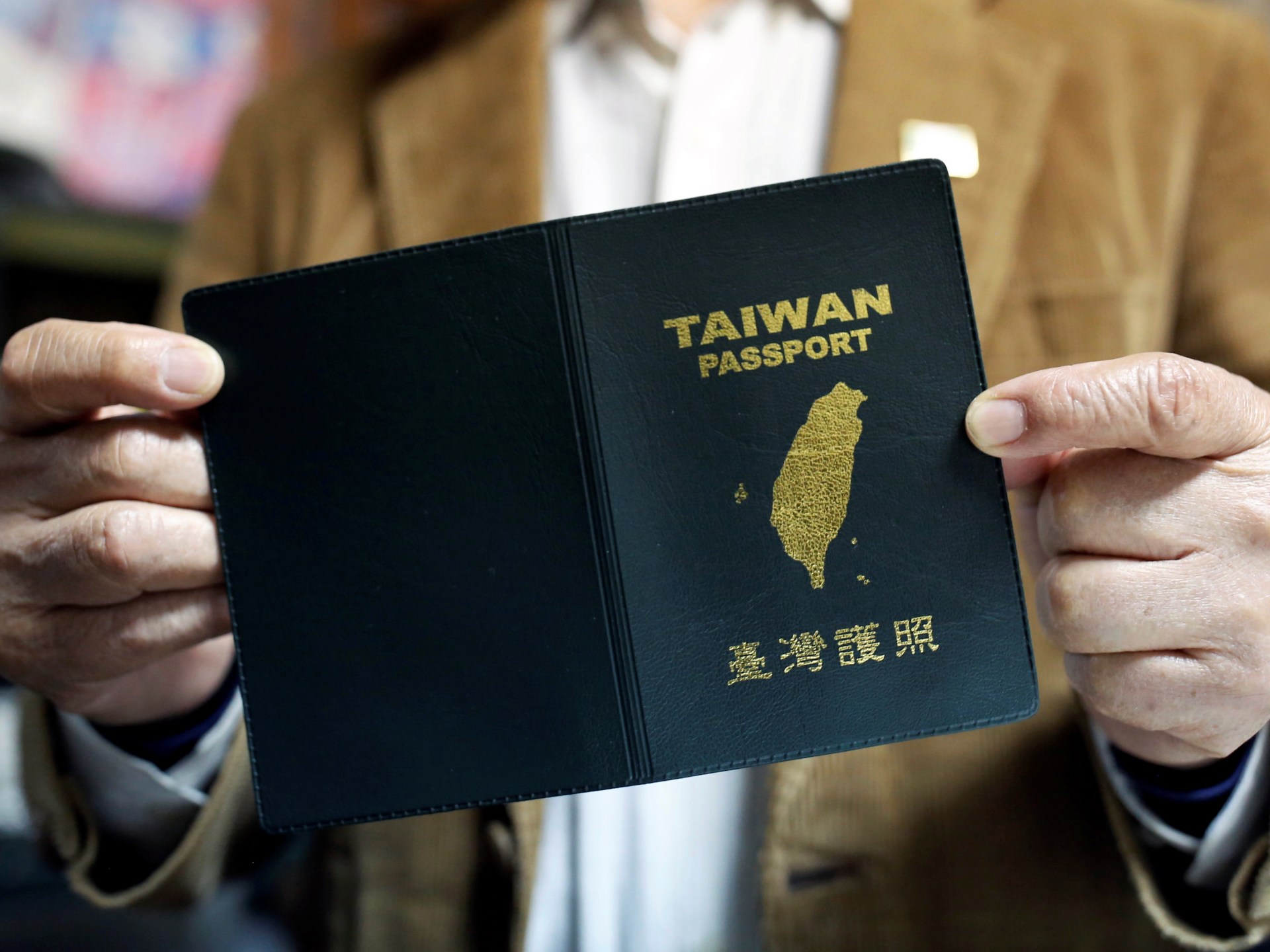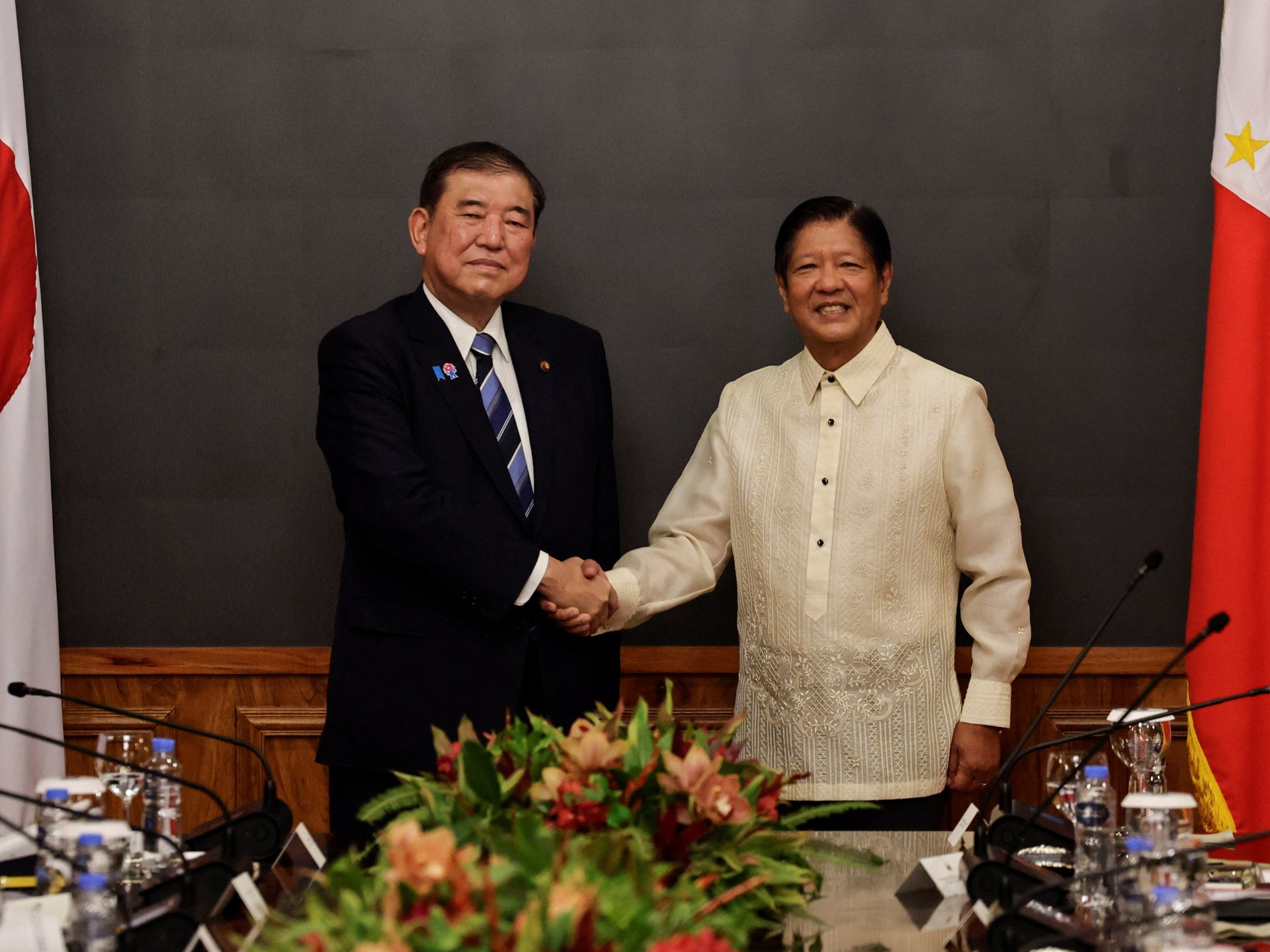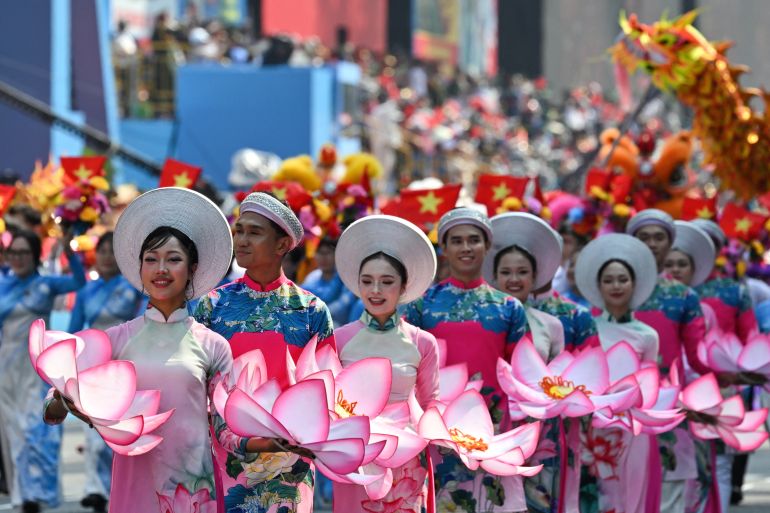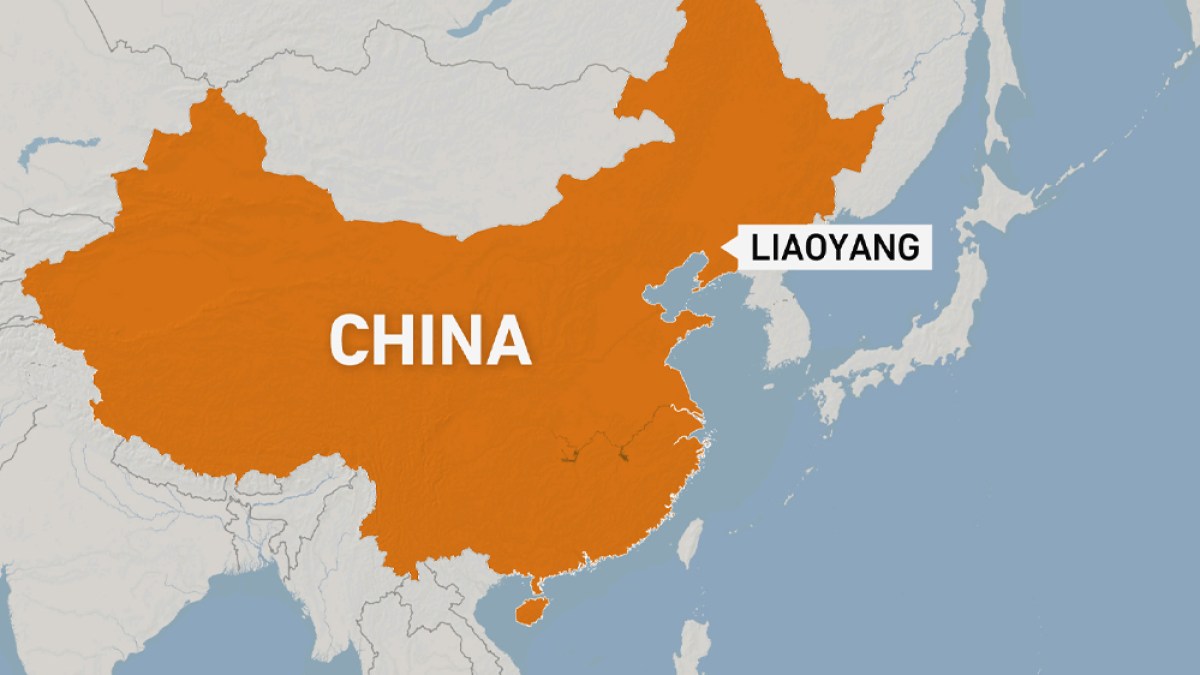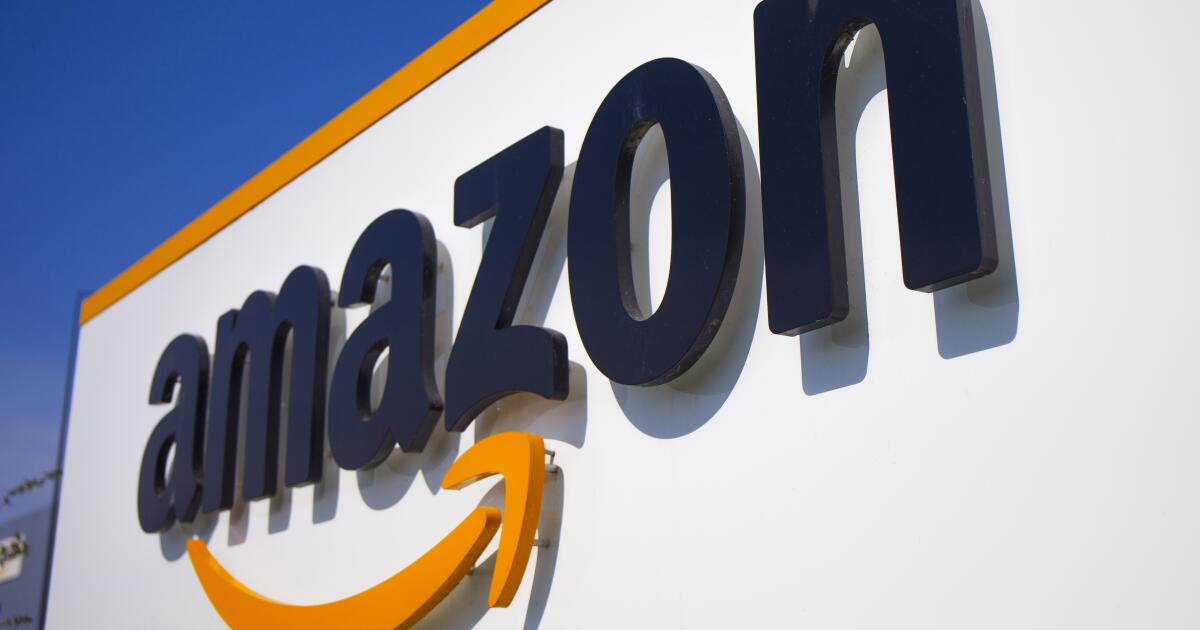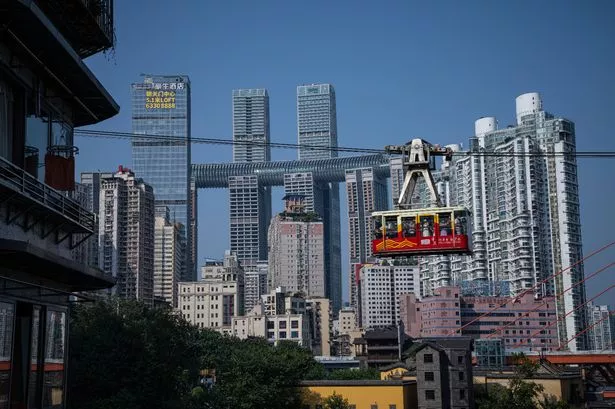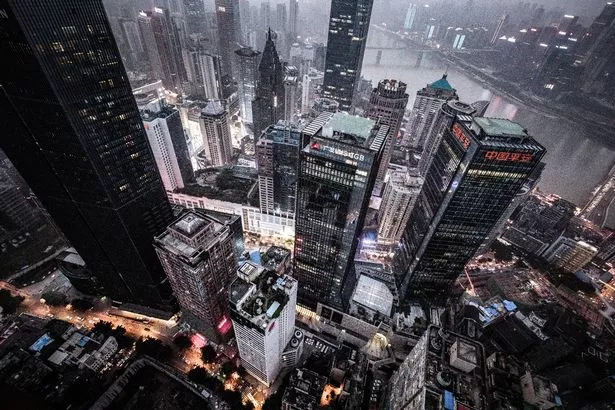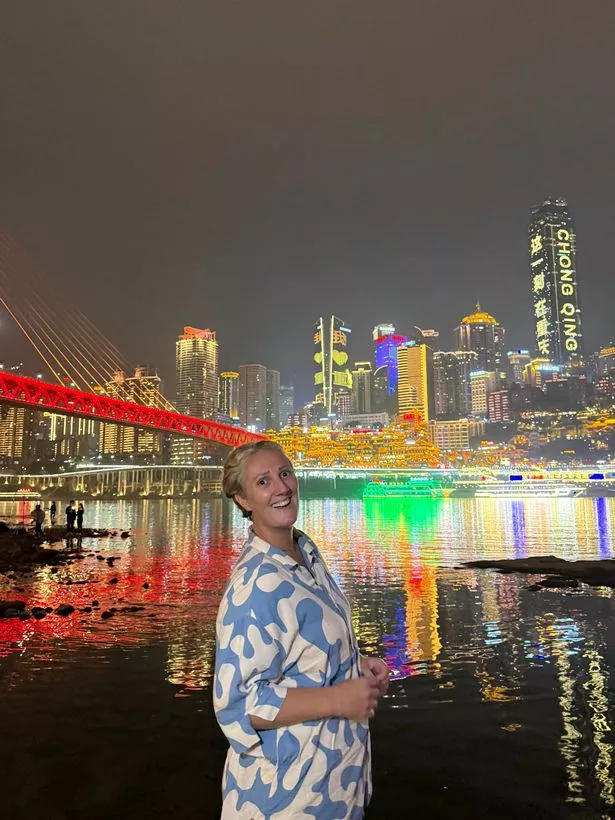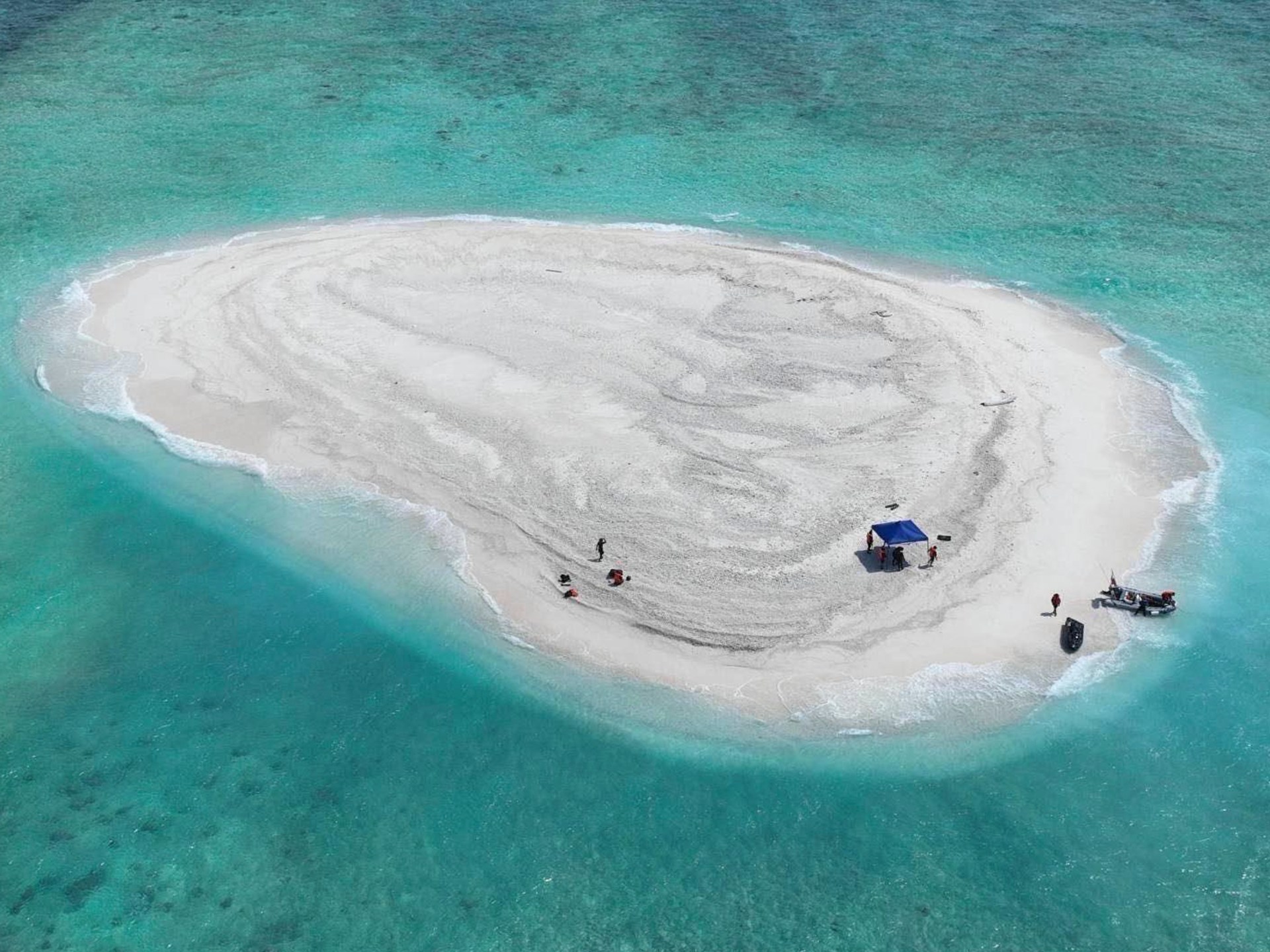Chongqing in China is the world’s biggest megacity and is home to 32 million people – but it is a destination that is shrouded in mystery and is visited by very few tourists
An intrepid traveller booked a cheap ticket to one of the world’s biggest but often overlooked cities on a whim, and was bowled over by what she found.
Janet Newenham had no idea what to expect when she jetted out to Chongqing, which is the world’s largest city by population. The Chinese settlement is a colossal urban wonder sprawling over 31,815 square miles – an area matching the size of Austria.
Home to a staggering 32 million people, this Chinese behemoth remains strangely overlooked by tourists, despite boasting one of the most mesmerising geographical wonders on earth. Chongqing’s architecture has been compared to a “city in three dimensions” because of its complex, multi-tiered layout.
As China’s crucial economic and transport hub, it sits amidst soaring mountains and plunging valleys, with buildings clinging to cliff edges and connected by vertiginous roads. Situated in southeast China near the source of the Yangtze River, Chongqing has a rich history that stretches back over 3,000 years. It is only in the past four decades that it has been transformed from a small village to the megacity it is today.
READ MORE: UK’s most ‘relaxing’ town named – and it has it’s own island
“It was literally a village 40 years ago, most of it has been built in the last 30 years. It has 32 million people living in the greater area, so it’s one of the most populated cities in the world but no one has heard of it. It’s a mega cyberpunk city and it’s unlike any other city I’ve been to in my life,” Janet explained.
“It was used a lot during the war. There are a lot of underground bunkers everywhere, these are turned into bars and hotpot shops nowadays. It’s pretty crazy. It doesn’t make any sense.”
The way in which Chongqing is built into a mountain gives it a mind-bending, MC Escher like effect. Tourists who do make it there emerge from stairwells looking baffled, having found themselves on the top of buildings or looking down into a valley, rather than at sea level.
Built across a series of impossibly steep mountainsides and vertiginous valleys at the dramatic confluence of the Yangtze and Jialing Rivers, neighbourhoods cling to cliffs, houses are built on bridges, and metro lines plunge through tower blocks.
It can be a very confusing place to visit, as map apps will take you to where you’re going – only for you to realise you’re ten storeys too low or high.
“It has trains that run through residential buildings, buses in the sky, roads that look like they’re made by AI, the world’s longest escalator, bomb shelters turned into secret bars. There are entire highways built under the city,” Janet went on.
The 38-year-old from Cork, Ireland decided to visit as she came across cheap flights. She then discovered that Chongqing is full of bargains. Janet enjoyed a luxury week there, staying in a 100 euro hotel room which had a hot tub, and another with a private mini indoor swimming pool.
“It ias super affordable. Most people in Ireland the UK have never heard of it. If you want to visit somewhere really unique in China, go here,” she said.
Every twist and turn in Chongqing promises an adventure, giving the feeling of wandering through a real-life animation with its 3D-like urban landscape interlaced with aerial pathways stretching into the distance.Navigating this vast metropolis is made easy by the city’s impressive public transport network, which includes a comprehensive subway system.
Begin your journey at Jiefangbei, the city’s highest point, a pedestrian area teeming with street food and snacks, to get a feel for the city’s layout. But it’s not all high-rises in Chongqing. The city also boasts several mountain ranges, including the Daba Mountains in the north, the Wuling Mountains in the southeast, the Wu Mountains in the east, and the Dalou Mountains in the south.
Hop on a cable car across the Yangtze River for stunning views of the Chongqing skyline, or take the monorail through a building to visit the Three Gorges Museum.
Other must-visit locations include the Hongya Cave, covering an area of 46,000 square miles, the People’s Liberation Monument, a cultural symbol and landmark attraction in Chongqing, and the UNESCO World Heritage site at Dazu Rock Carvings.


